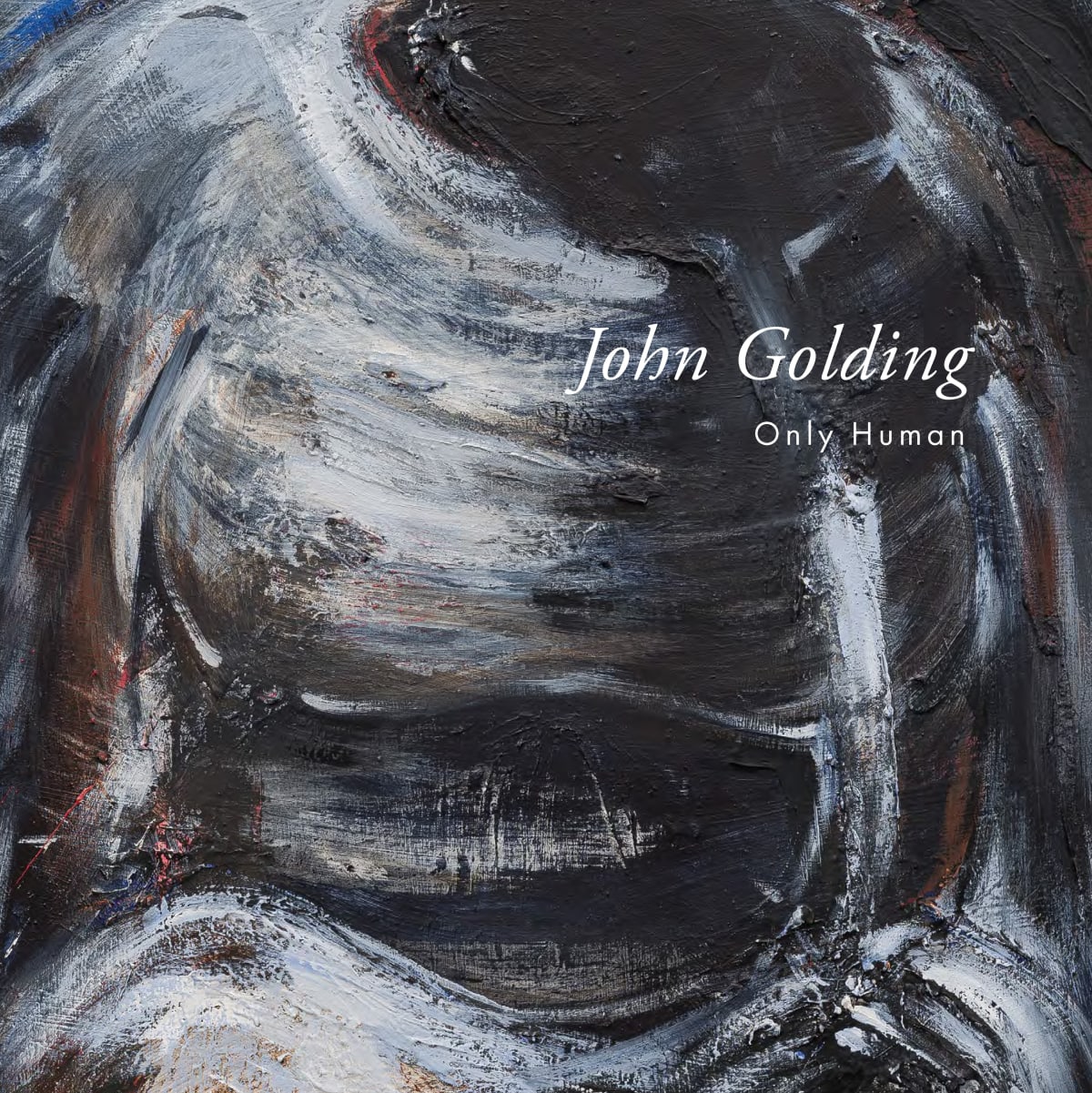John Golding: Only Human
‘I recognize that the body is always there in my work, and that is what my paintings are about.’
The Mayor Gallery is presenting an exhibition of works by John Golding (1929 - 2012) from a remarkable period of his career. Although Golding was a distinguished abstract painter, he is probably more famous as an art historian, critic and curator. His paramount success in the field of art history has tended to overshadow his achievements as an artist, but it was on the latter front that Golding based his career and for which he wished to be remembered. He enjoyed considerable success as a painter, exhibiting both nationally and internationally throughout a career that spanned over half a century. As an artist, he is perhaps best-known for his large canvasses of the 1970s and beyond, many of which are held in esteemed public collections. These works are carefully constructed works of lyrical abstraction, they exude colour and radiance, dynamism, and expression. Given these brightly hued celebrations of abstract painting, it is surprising to consider the anguished nudes and nuanced darkness that characterise Golding’s early work, a time heavily influenced by his background in Mexico. ‘Only Human’ presents a group of oil paintings and smaller works on paper that explores this extraordinary period of transition, with its undertones of sexuality and investigations into the ambivalence of the human body.
Golding first exhibited in Mexico City at the Galería Diana in 1958, and then again at the Galería Antonio Souza 1961. He had returned to Mexico from London in about 1960 and experienced some recognition there as an up-and-coming painter. The striking paintings, drawings, and etchings from this period are sombre works of oil and charcoal, dark and brooding. They depict incomplete bodies that have had their gender laid bare and then either violently scratched out and concealed or hollowed entirely. In some sketches the gender is ambiguous, as Golding himself explained, ‘there came a time when I realised that in my work I was somewhat desperately trying to find a compromise between a male and a female body.’ Golding’s bodies often display a skeletal exterior – he admired the way that José Clemente Orozco painted people with their skeletons ‘flayed’ on the outside. These works already verge on abstraction, and they contain light as a central theme, but it is expressed by interrogative and penetrative gleams of colour. Richard Wollheim described these early works as ‘never far from terror, and the terror comes from the penetration of the body by light’.
It was at this time that Golding was corresponding with his close friend the Mexican painter Gunther Gerzso, and these letters reveal an anxious frame of mind, concerned about the darkness and violence in his work, he wanted to move away from it. Golding was a gay man at a time that sexuality was a deeply problematic issue. These early paintings of bodies in distress are haunted by an anxiety which can be understood in the context that homosexuality was still illegal until 1967, the social wounds of which have endured. Golding’s claim about the body always being present in his paintings prompts us to look at his work in a new light.
On view will be a selection of paintings, etchings, charcoal drawings, and monotypes from the mid 1950s to mid 60s.
This documentary on John Golding by Bruno Wollheim presents a life and art in precarious balance, exploring through his friends, ex-students and colleagues the turbulent evolution of his painting and the creative tensions within a divided life. His pictures move from violent Mexican-influenced figuration to large-scale hard-edge abstraction and then to increasing painterliness, reflecting a cultural moment when the stakes in painting were never higher. They mirror too his search for an artistic form to express, contain and sometimes veil a troubled nature.



